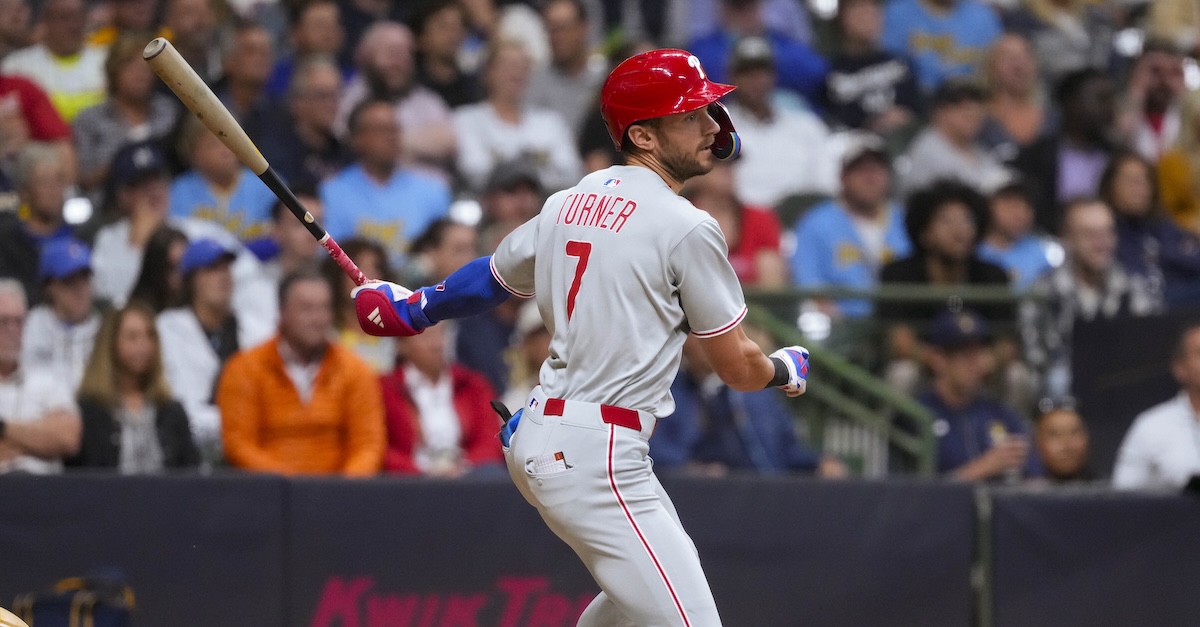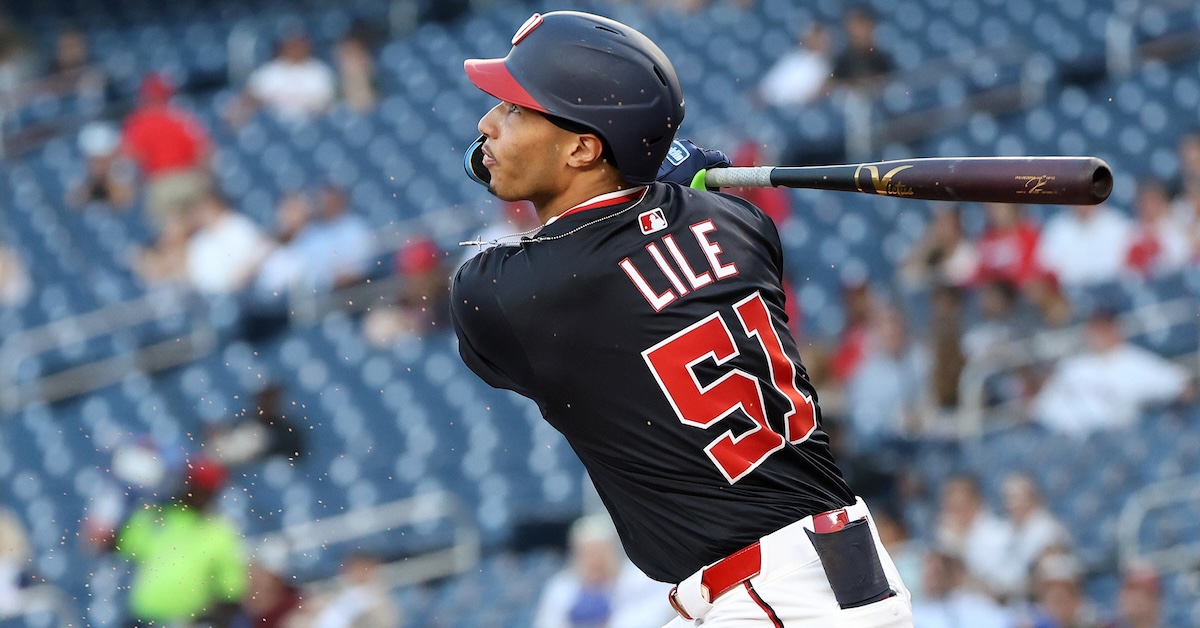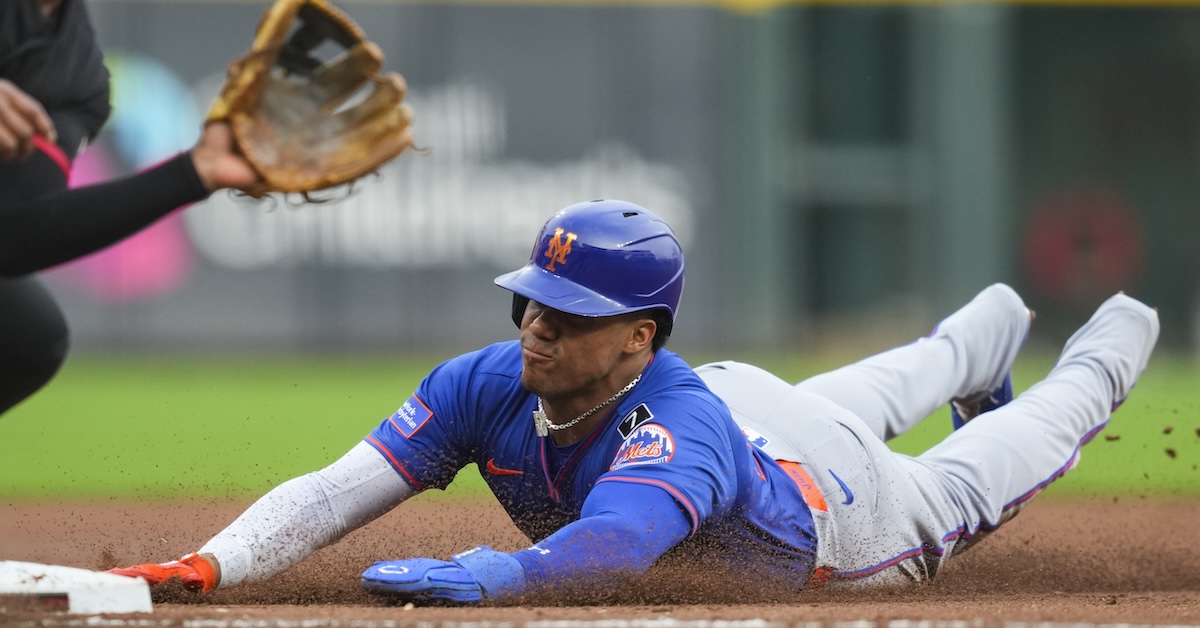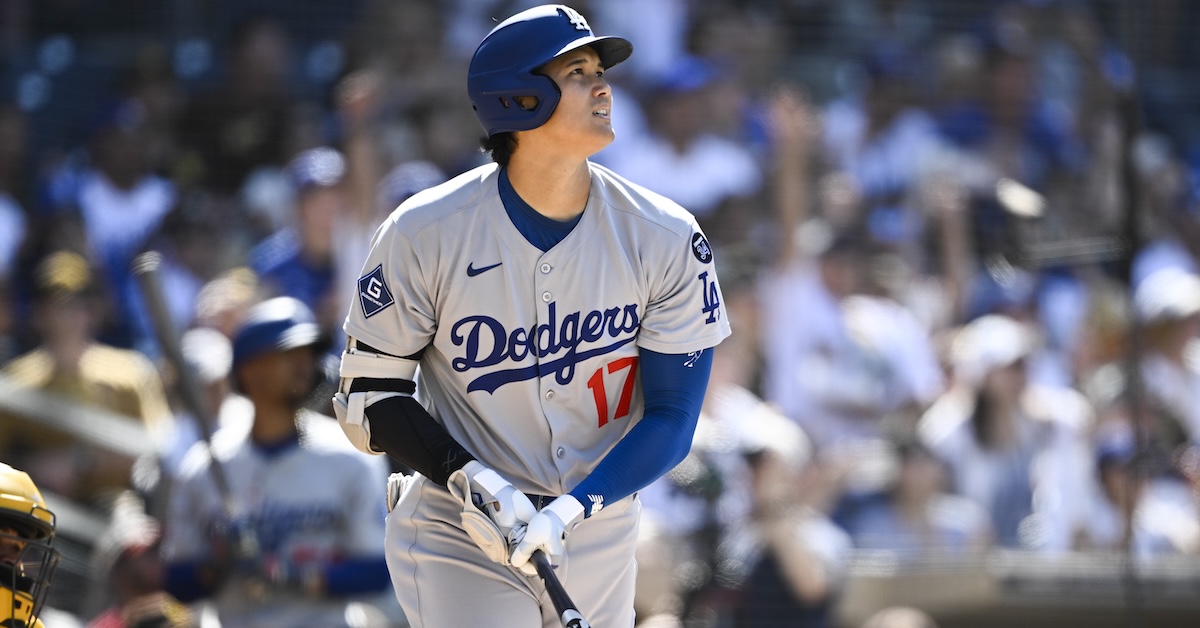Tuesday Ended Early for the Athletics
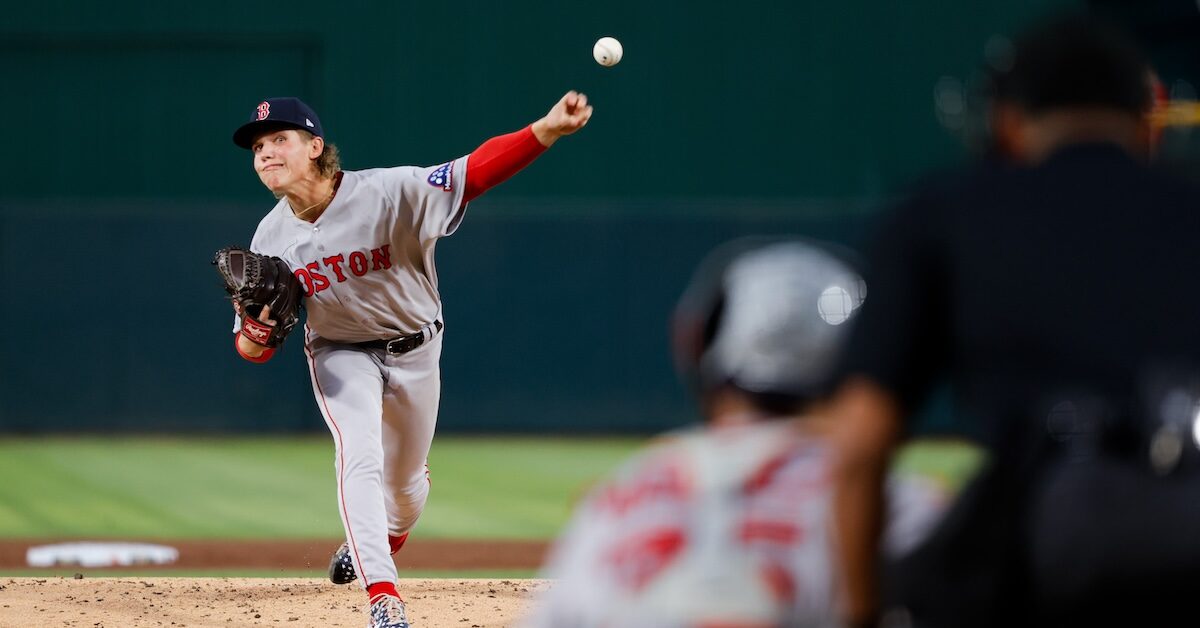
First impressions can prove to be fleeting in baseball, but it’s still better to make a good one than a poor one. And as first impressions go, Boston Red Sox rookie Connelly Early’s was absolutely dynamite. Throwing five innings in his debut, Early whiffed 11 A’s batters, with a single walk as a minor demerit, and exited the game with a 5-0 lead that was never threatened.
Even in a strikeout-happy era, striking out 11 of 21 batters faced is an impressive feat. In fact, 11 strikeouts tied Don Aase for the most by a Red Sox pitcher in a major league debut, and Early’s mark is the most ever in a five-inning rookie debut. And it wasn’t done in a particularly easy environment. The Red Sox are a probable playoff team fighting to win the AL East and grab an extremely valuable first-round bye, which would give injured players like Roman Anthony more time to return. And while the Athletics have one of the worst records in the American League, the responsibility for that plight falls mostly on the pitching staff, not the lineup Early faced. The A’s have a 105 wRC+ on the season, well short of elite, but in the solidly above-average range. Nor did Early benefit from a Bad Team September Lineup © situation, with the A’s playing all five of their full-timers who have an OPS above .800.
So how did he do it? Sometimes rookie pitchers simplify their repertoire somewhat while they’re getting adjusted to the majors, but Early threw five different pitches at least 10 times, and got at least three swings and misses on each of them, totaling 19 for the game. His most hittable pitch on Tuesday, his changeup, still had a respectable 70% contact rate, about league average for changeups (70.5%). And with the exception of his sinker, which he only offered up against lefties, he didn’t aggressively limit his toolset based on the platoon advantage, either. (For more on Early’s stuff, I can’t do better or find a more fitting piece for you to read than David Laurila’s May profile of the southpaw.) Read the rest of this entry »

